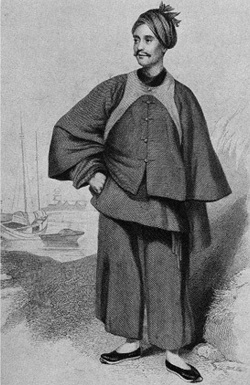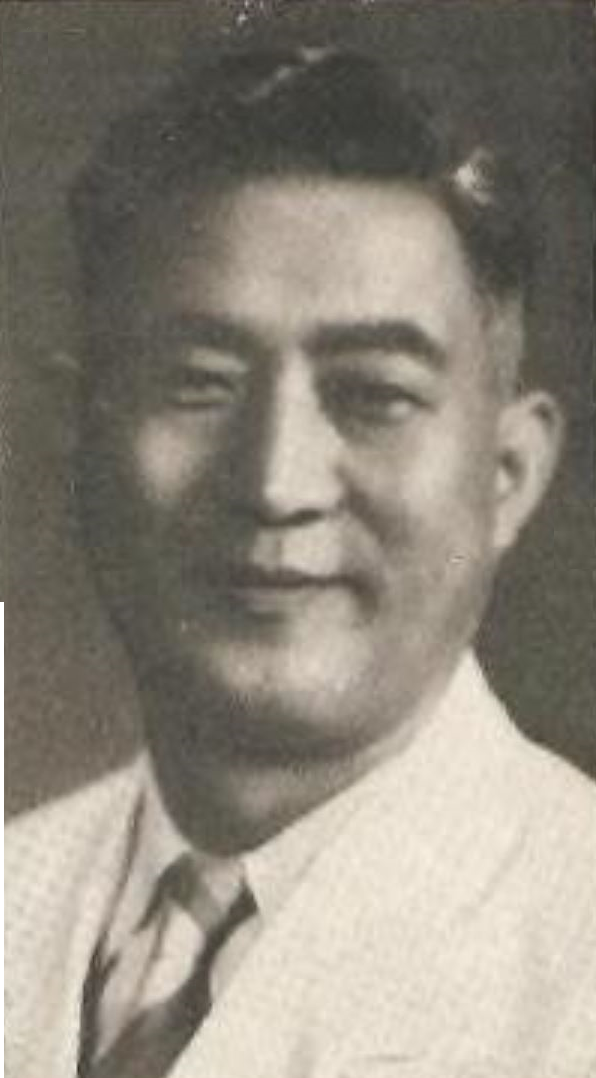

Shandong Province of China
This account will look at a series of revivals that occurred in the Shandong Province of China. This will take in missionary and revival efforts from over a 188-year period (1832 – 2020).
First Missionary
The first recorded Protestant missionary that engaged the people of the Shandong Province was Karl Gutzlaff. When the ship he was on stopped in Weihai in 1832 & 1833, he took the opportunity to distribute Christian literature and medicine, but did not remain permanently in the province for any significant length of time.
Following Gutzlaff, a series of missionaries arrived through the years, with the first ones permanently dwelling in Shandong beginning in 1860.
Religious Awakening
Until 1866 there had only been a slow trickle of conversions, and it was in that year that a report was made of a “religious awakening:”
there was a remarkable religious awakening at Leling in the northwest of the province. At that time there were 45 people that were baptized, and from there, steady growth occurred.
By December 1877, there were:
► 18 preaching stations
► 636 church members
► 8 schools
► 14 Chinese preachers
This report was given by a missionary in July of 1878:
The movement has been proceeding with great rapidity. There are now 1,600 persons under instruction (converted, but not yet completing catechism) and of these 420 are reported as suitable for baptism. The converts belong to 20 or 30 towns and villages, and to persons of all grades in society. The movement has extended to four neighboring districts, and there is no sign of any check to its progress at present.
The revival at Leling encouraged missionaries throughout Shandong, giving hope in their future efforts.
By 1879, significant growth had occurred in the Shandong Province:
► 28 missionaries
► 25 Chinese missionaries
► 14 Churches
► 734 converts
► 26 schools with 534 students
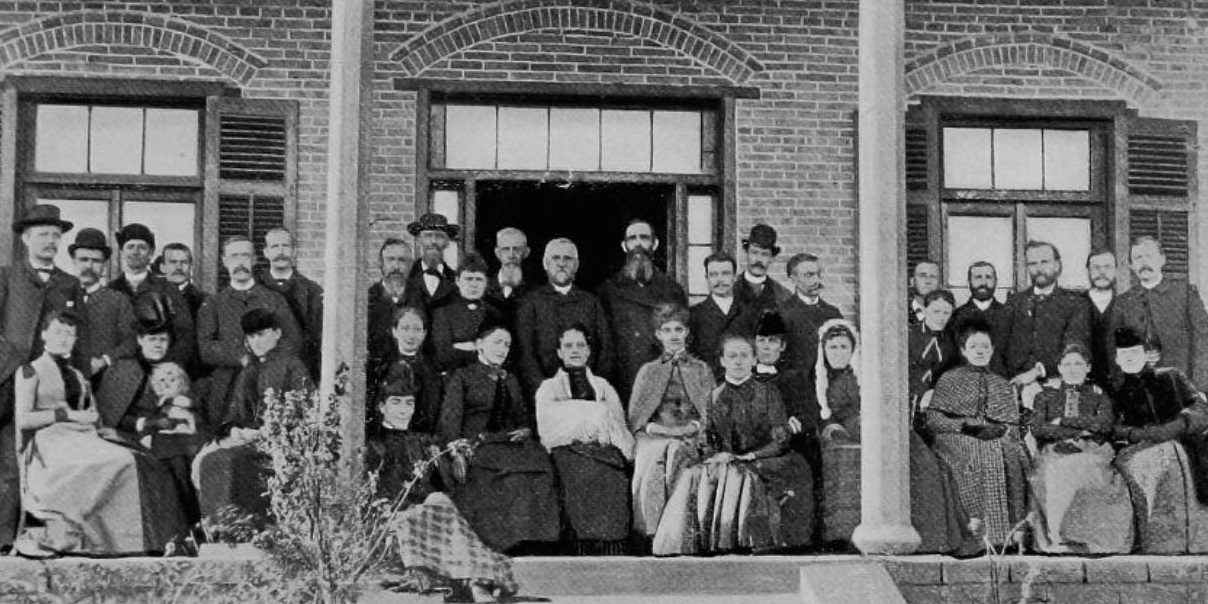
Presbyterian Missionaries: John Nevius, center
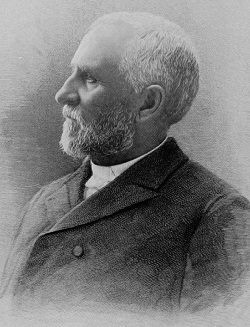
Missionary John Nevius
By 1880 there was evidence of a foothold becoming established, as missionary John Nevius wrote:
During the last four years, above 50 mission outstations have been established in central Shandong, mostly in the district cities of Qingzhou. They have connected with them about 500 church members, and nearly as many more applicants for baptism.
The Price That Was Paid
Many missionary lives were given to take the Gospel to Shandong. By 1880,
► 15 had died
► 43 left China due to poor health or other reasons
► 25 either died or left the field within one year after their arrival
► 19 did not remain longer than 2 years.
Not only foreign missionaries, but national Chinese believers also paid a high price to turn from their pagan ancestral worship and embrace Jesus for their salvation.
In 1885, a Chinese magazine from Shandong Province reported:
There are 39 Protestant missionaries in the province, and nearly 5,000 native church members…
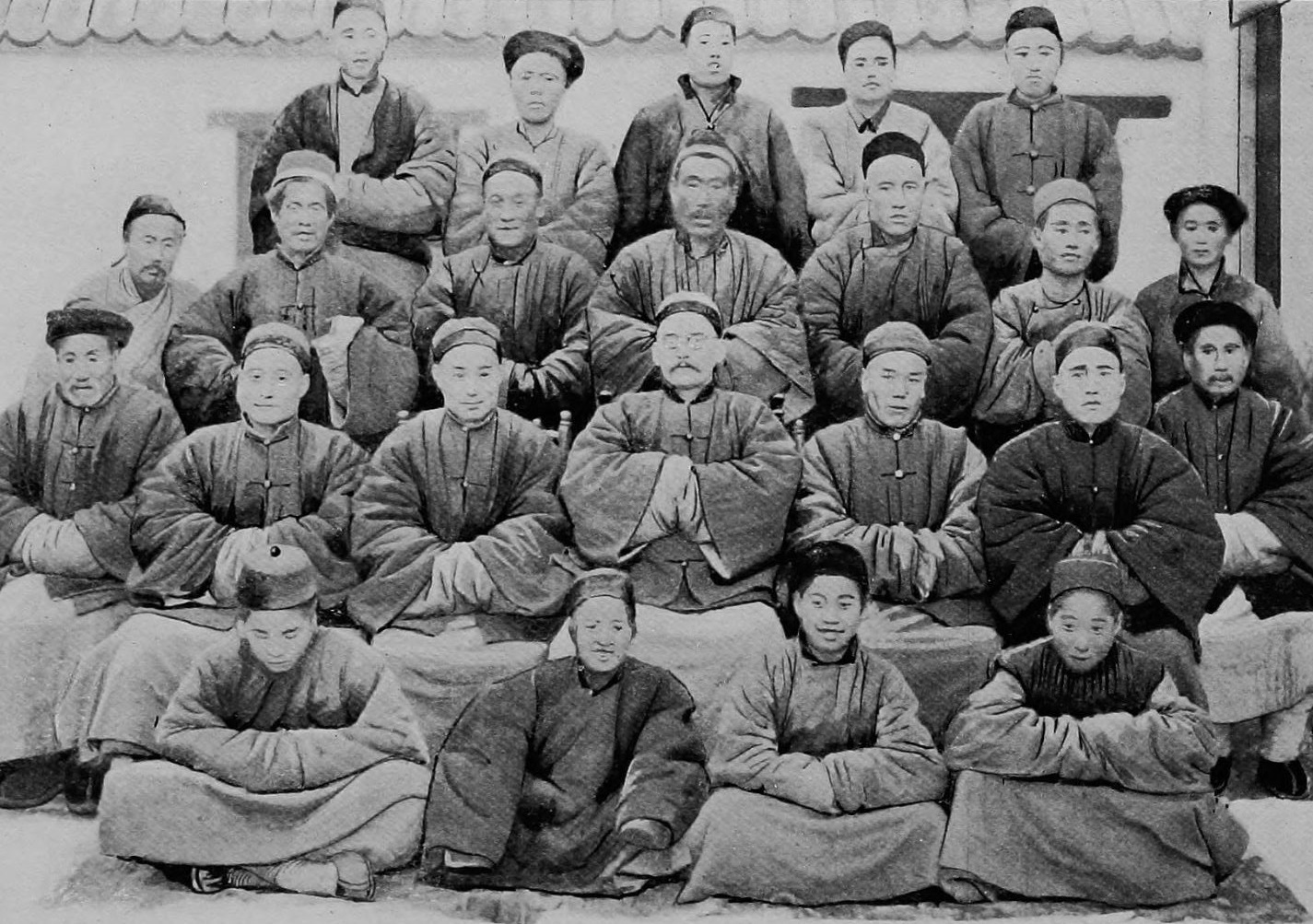
Group of new converts with their teacher, center
The Church Quadruples
Through the 1880s, the Church in Shandong grew rapidly, quadrupling in numbers. This steady growth was the foundation for the future periods of harvest.
One missionary wrote during that time:
If the present rate of progress is maintained in Shandong, the province will be Christian in the next 50 years.
Persecution
Persecution has always followed the growth of the Church in China. Much of the persecution came through:
► Breaking ancient customs of ancestral worship and other idolatrous practices and superstitions.
► Receiving education and indoctrination into a foreign religion (Christianity).
► Associating with European and American missionaries, who were viewed as being opponents of Chinese ancient customs and religions, as well as working against the Chinese people, leading to their colonization.
1900 Boxer Rebellion
With several foreign powers staking claims and colonizing parts of China, tremendous anti-imperialist sentiment arose. This led to the Boxer Rebellion in the year 1900, which carried with it an intense wave of persecution that resulted in the slaughter of 245 Chinese Christians in the Shandong Province alone.
Slaughter Throughout China during the Boxer Rebellion
► 136 Protestant missionaries and 53 children
► 47 Catholic priests and nuns
► 30,000 Chinese Catholics
► 2,000 Chinese Protestants
► 200 to 400 of the 700 Russian Orthodox Christians in Beijing were estimated to have been killed. Collectively, the Protestant dead were called the China Martyrs of 1900.
During the Boxer Rebellion the Church in Shandong experienced a setback, but within a few years it had grown larger than before 1900, and missionaries from around the globe came to replace the ones that were slain for the Gospel.
1906-1907
During the years of 1906-1907, the prayers and blood of the saints began to produce fruit, as many Chinese began responding to the Gospel.
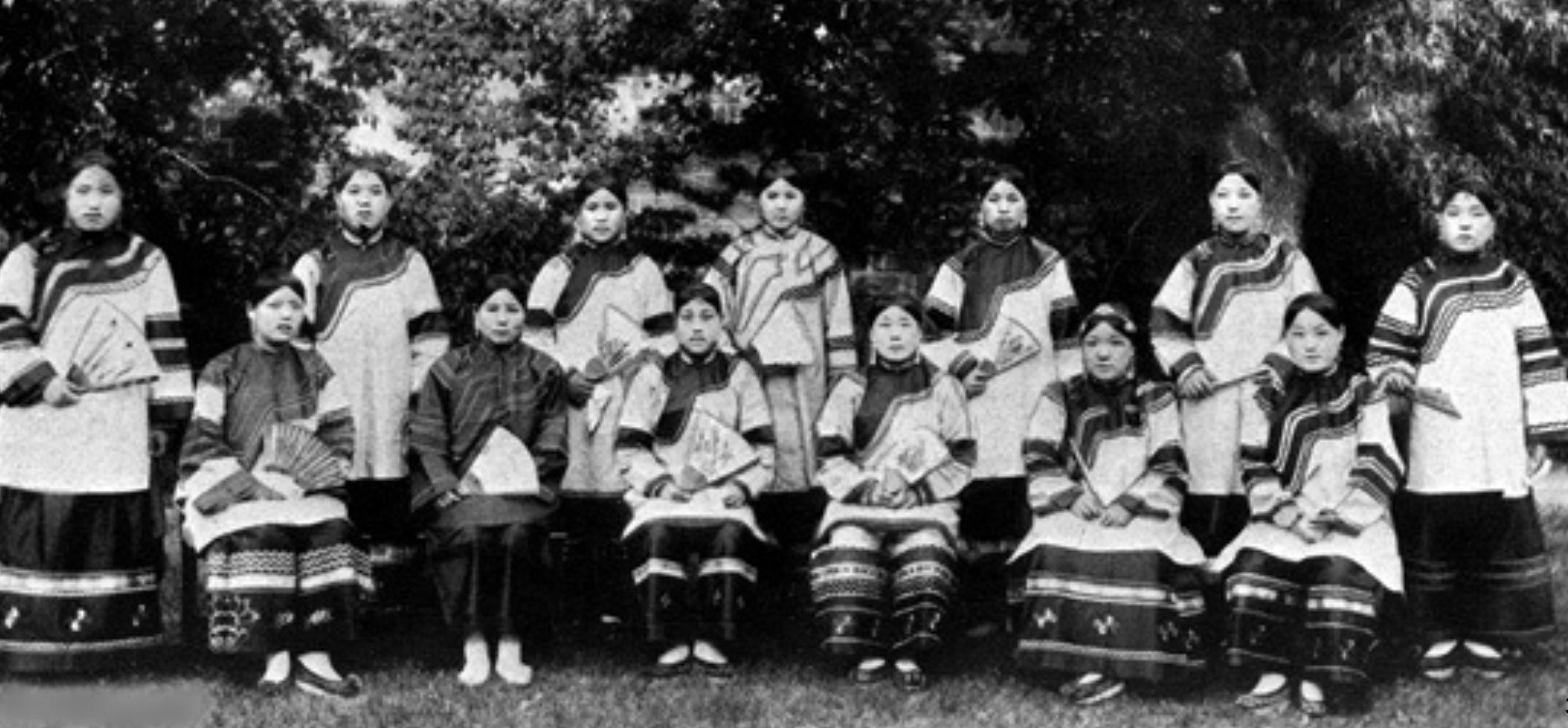
Mission school graduates of 1908 – Weixian
1920s – Violent Civil War
Even as the country approached a fierce civil war, the Christian population kept growing. Here is the number of Christians in Shandong during the first 2 decades of the 20th century:
► 1904—14,226
► 1922—53,480
Winds of Revival
It was in the late 1920s when the winds of revival began to blow and the Church leaders acknowledged this was needed, because they had begun to slip into a depressed state. It was at this time that notable healings took place, awakening the believers, and giving them a renewed zeal for evangelism. You can read about this era with these links:
► 1927-1939 Chinese Awakening
► 1927-1937 Shantung (Shandong) Revival
► 1931 Nanchang, China Revival
Of the revival occurring in the late 1920s and 1930s, one missionary wrote:
One of the most amazing results of the revival was that it did what the word ‘revival’ implies. It revives spiritually-dead churches. Many of the churches had stopped holding worship services, and others met only when the missionaries had time to visit them. Following the revival, they began meeting regularly, and when no preacher was available, laymen led the services.
Church attendance increased many times within a few months. Those who attended were serious workers for Christ. Many churches began to disciple their members.
During the Revival There Were: Signs, Wonders, Miracles, Visions
► Crippled legs healed
► Demons cast out of people
► The presence of God was so tangible no one wanted to leave church services. They would sing for hours on end.
► Tuberculosis healed
► Paralysis cured
► Visions of heaven and hell
► Visions that gave revelation, leading to genuine repentance.
► Prophecy and visions, pointing out sins to individuals who needed to repent from a certain sin.
► Communist sleeper cell in a school was exposed and members of that cell converted or left the school.
Results of This Revival
► Dozens of schools, orphanages, hospitals, and other Christian facilities experienced revival.
► Opium given up by many.
► A spirit of prayer gripped the people. Many parents were saved through the prayers of their children.
► Idols were torn down.
► Reconciliation took place.
► Public confession of sin took place.
► Crooks and thieves turned into humble men and became soul-winners.
► Many gave up their homes and fields to evangelize.
► Persecution against the believers was intense.
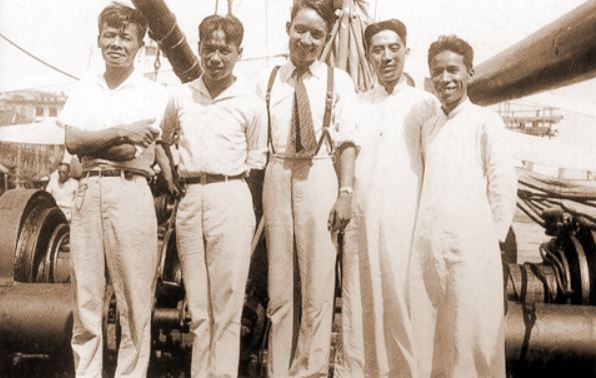
Bethel Worldwide Evangelistic Band, with John Sung on the left, Andrew Gih the second from right
Notable Chinese Christian Leaders at This Time
► Andrew Gih
► Watchman Nee
► John Sung
► Wang Ming-Dao, considered the “father of the Chinese house churches”
Evangelistic Bands
Following the New Testament pattern of sending out people 2-by-2, Chinese believers began to form evangelistic bands (teams), sometimes numbering into the dozens.
These teams of evangelists would travel into the rural areas for weeks at a time. Some of them would stay in the cities and make visits to churches, building the faith of believers.
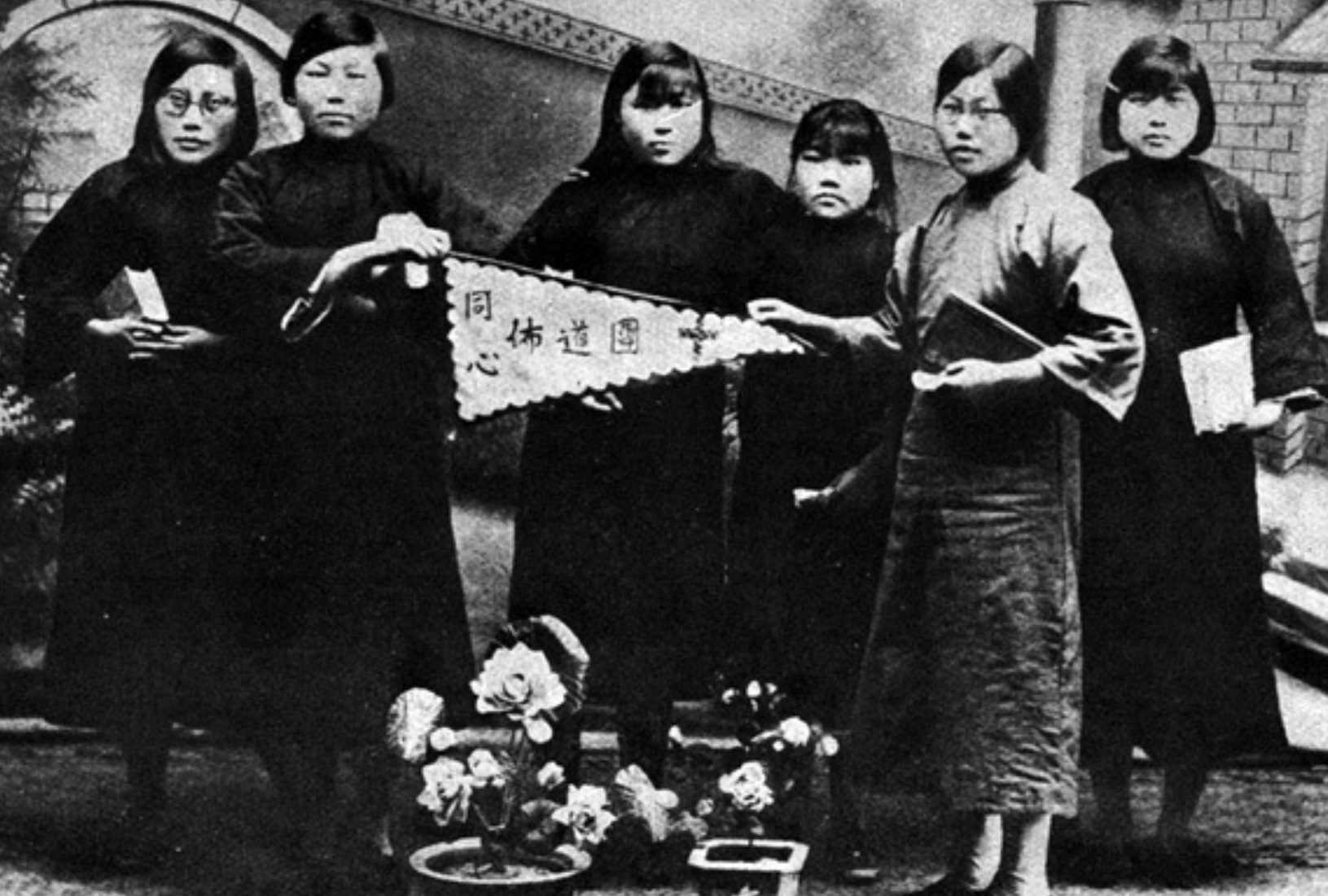
Female evangelistic team, holding their team’s banner
Expulsion of Missionaries
In the 1950s, missionaries were expelled from China by the new Communist government, which came to power in 1949. This led to even more persecution, with many Christians giving their lives during the 1950s and subsequent decades. Some of the restrictions placed on churches were:
► Services could only be conducted at certain times.
► Home fellowships were forbidden.
► Pastors were forbidden to visit church members.
► Children were required to attend Communist meetings on Sunday mornings.
► A Communist leader (atheist) was appointed as head of the Christian Church in China, speaking for all groups. Any that would voice dissent would be labeled a spy, or someone working with foreign imperial powers.
► Prison sentences for church leaders were often 20 years or more. Many of these leaders died in prison labor camps.
Even with this persecution, the Church kept growing.
1965 Revival
In 1965 the revival began among the young people who were moved by the Holy Spirit to share the Good News. Many of these were arrested and persecuted, yet they persisted, and the persecution only made them stronger.
House churches were used at this time, often numbering 20 to 200 people. The government knew about these house churches but did not bother them.
1966-1976 Cultural Revolution
With the launching of the Cultural Revolution in 1966 came the slaughter of tens of millions across China. It wasn’t only Christians–it was anyone who opposed or stood in the way of Communist ideology. Massacre after massacre was carried out in this purging, with high estimates of the death toll being 20 million.
All visible churches in Shandong were closed, pastors imprisoned, and church buildings were used for Communist propaganda centers or supply houses.
Regardless of this persecution, the Church of Jesus Christ multiplied.
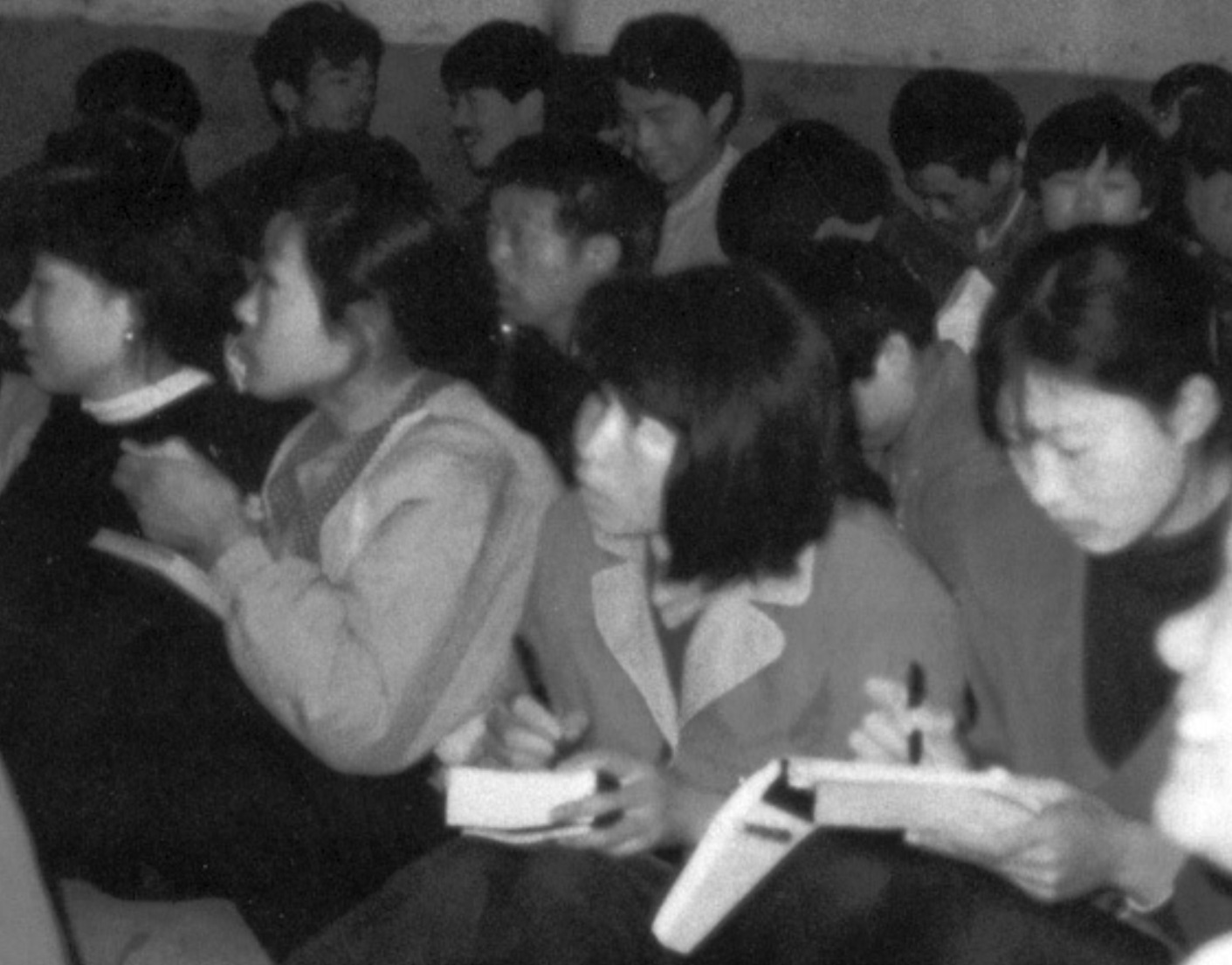
Attentive students diligently taking notes
Behind the Bamboo Curtain (late 1940s – 1972)
Communism carried with it a “Bamboo Curtain,” the closing of China from the outside world, leaving many to wonder if the Church would survive. In the early 1970s, Shandong had 70,000 Christians, meeting in 350 churches.
China Opens Its Doors
In 1978 there was an opening for travel to occur, in and out of China. When missionaries arrived to learn of the status of the Church, they were astonished to discover that in areas they assumed churches had been eliminated, they found instances of revival.
Bibles Banned
Even though the Church had experienced severe persecution during the 1960s-1970s, it mushroomed during the early 1980s, and with that growing Christian population came the struggle to get Bibles. With Bibles being banned for three decades they were hard to obtain, and if someone was found with one, it could lead to years of imprisonment.

Barge, Gabriella, carrying 1 million Bibles
Military-Like Smuggling Operation of 1 Million Bibles
Project Pearl was a military-like operation that was carried out on June 18, 1981, by Open Doors International. This involved a
tugboat named Michael…, towing the… 137-foot barge, Gabriella, loaded with 232 waterproof, poly-wrapped, one-ton packages containing a million Chinese Bibles.
The Bible smuggling operation was successful, and according to Time Magazine on Monday, October 19, 1981—Religion: Risky Rendezvous at Swatow:
A remarkable mission… the largest operation of its kind in the history of China.
The million Bibles were distributed throughout China’s house churches giving a renewed love and passion for the Word of God.
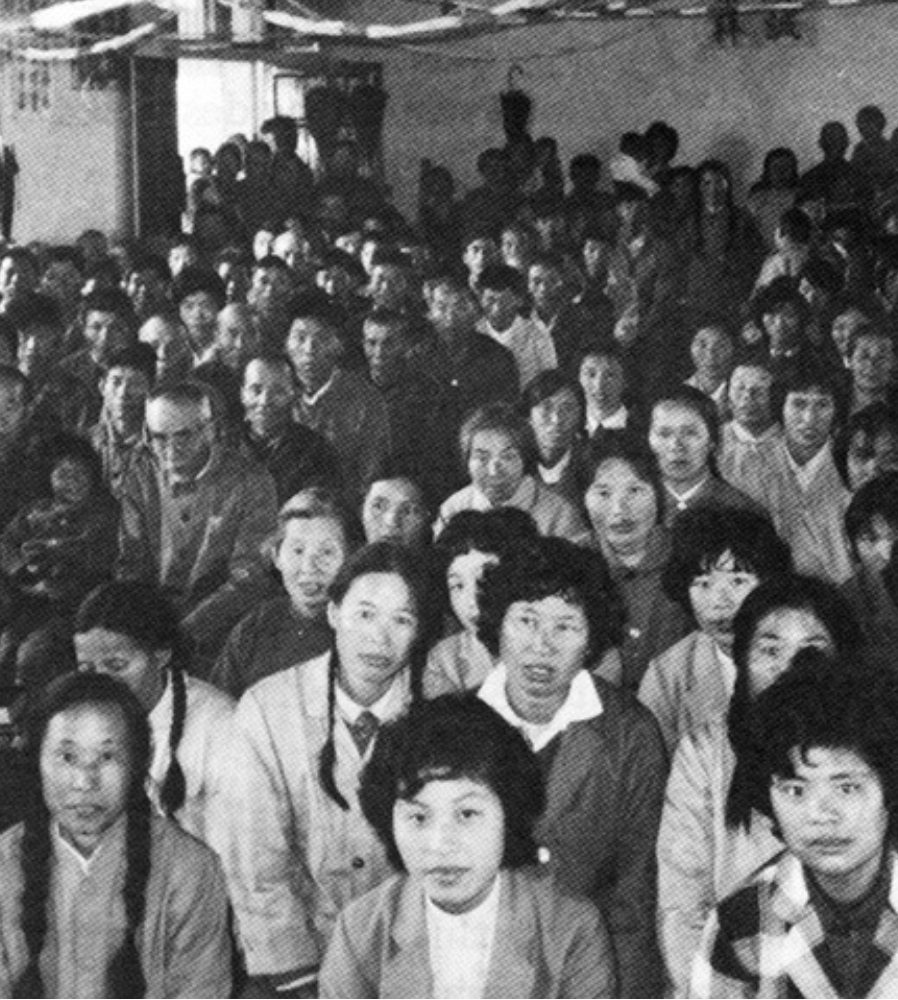
A rural house church in the 1980s
1990s
Through the 1990s, the number of Christians grew exponentially. When house churches experienced seasons of revival they were often followed by seasons of persecution.
At the first part of 1996, police raided one house church during one of their services.
The arrested leaders stepped into the police cars with heads held high. As the cars drove off, the congregation sang aloud from the Bible. As soon as the cars went out of view, the believers went back inside and continued their meeting.
In previous years the believers would have become intimidated and scattered, but with persecution giving evidence of even greater revivals ahead, they looked at the persecution as a badge of honor.
The Church in Shandong Tripled in Size
The Shandong Province’s government-sanctioned Three-Self Churches at the start of 1990 reported 307,000 members meeting in 2,464 registered churches. By 1997, the number of members was reported as 900,000. Those numbers do not include unbaptized adults or children, as children and teenagers are forbidden to attend the Three-Self Church meetings.
With the officially recognized churches tripling in size, the house churches in Shandong grew as well, and it has been estimated that they reached 2 million by 1997.
Spreading Revival Fires
Here is what some reported during the rapid spreading of the Gospel during the 1990s:
► Up to 900 were being saved daily, in just one location.
► Churches were springing up everywhere.
► Daily miracles were occurring: “the blind saw and the lame walked.”
► Two female evangelists started 52 new house churches in 10 weeks. The smallest of these churches numbered 500, and several of them were over 1,000.
Persecution Ran Side-By-Side with the Spreading Revival
The government could not control the advance of Christianity, but they would randomly make arrests. During a leadership training event in 2007, in Linyi, close to 50 police officers converged on the gathering and arrested the 270 that were there. Twenty-one leaders were charged with conducting an “illegal religious gathering.” The prison sentences for these 21 ranged from 15 months to 3 years.
2010 and Beyond
The Church in Shandong is still growing and the need for Bibles is great. With restrictions placed on Bible sales and printing, it is estimated that there is still a need for 600,000 Bibles so that each member in the churches can have one.
Temporary Decline in Persecutions
The persecution of the Church seemed to decline at this point, the lowest since Communism took over in 1949. In 2014 China announced the closure of all prison labor camps—places where Christians were tortured with no mercy during the previous 6 decades.
In September 2016, the supposedly tolerant attitude of China changed and arrests and interrogations began again. This led to Church leaders being taken forcibly to secret prisons to be tortured.
One elderly church leader stated that the condition was reminding him of what it was like when Communism first came to China:
We never thought we would return to such a time. The younger generation of believers have never experienced severe persecution, and they are shaken. Please pray they will patiently endure, and their faith will be tested and found to be like pure gold.

Evangelical Christians in Shandong: 1860-2020 (source: Shandong, Paul Hattaway)
Mind-altering Drugs in Lieu of Beatings
In previous years the government has severely tortured Church leaders. It is reported that they are now injecting them with chemicals that diminish their mental capacity.
The Road Ahead
At this time the Shandong Province only has 5% of its population claiming to be Christian. That is an opportunity for great rejoicing, but at the same time, evidence that there is still much work to be done.
Primary Source
1. Shandong: Inside the Greatest Christian Revival in History by Paul Hattaway
2. Project Pearl: The 1 Million Smuggled Bibles that Changed China by Brother David
3. Karl Gutzlaff by Wikipedia
4. Open Doors by Wikipedia
Secondary Sources
► A Biography of John Sung by Leslie T. Lyall
► Andrew Gih by Wikipedia
► China by Operation World
► China and the Chinese by John L. Nevius
► Demon Possession and Allied Themes by John L. Nevius
► Early Twentieth Century Revivals: Worldwide Revivals by Geoff Waugh
► Evangelical Awakenings in the South Seas by J. Edwin Orr
► I Remember John Sung by William E. Schubert
► John Sung by Leslie T. Lyall
► John Sung by Wikipedia
► John Sung My Teacher by Timothy Tow
► Journal of Three Voyages Along the Coast of China by Charles Gutzlaff
► Revival in Indonesia Part 1 by Kurt Koch
► Revival in Indonesia Part 2 by Kurt Koch
► The Life of John Livingston Nevius by Helen S. Coan Nevius
► The Planting and Development of Missionary Churches by John L. Nevius
► Twice Born—and Then? by Andrew Gih
Return to List of Revival Stories
Chet & Phyllis Swearingen:
Office: (260) 920-8248
romans1015@outlook.com
Beautiful Feet
P.O. Box 915
Auburn, IN 46706

